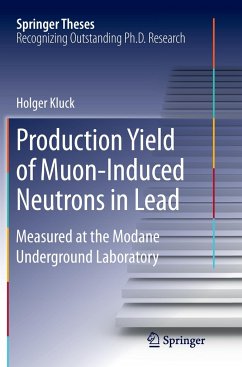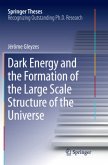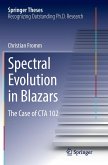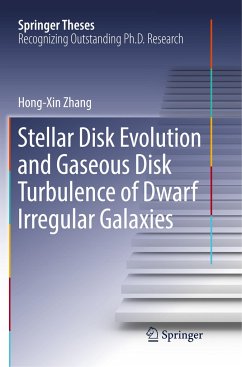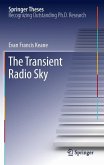The work presented in this book is a major step towards understanding and eventually suppressing background in the direct search for dark matter particles scattering off germanium detectors. Although the flux of cosmic muons is reduced by many orders of magnitude in underground laboratories, the remaining energetic muons induce neutrons through various processes, neutrons that can potentially mimic a dark matter signal. This thesis describes the measurement of muon-induced neutrons over more than 3 years in the Modane underground laboratory. The data are complemented by a thorough modeling of the neutron signal using the GEANT4 simulation package, demonstrating the appropriateness of this tool to model these rare processes. As a result, a precise neutron production yield can be presented. Thus, future underground experiments will be able to reliably model the expected rate of muon-induced neutrons, making it possible to develop the necessary shielding concept to suppress this background component.

